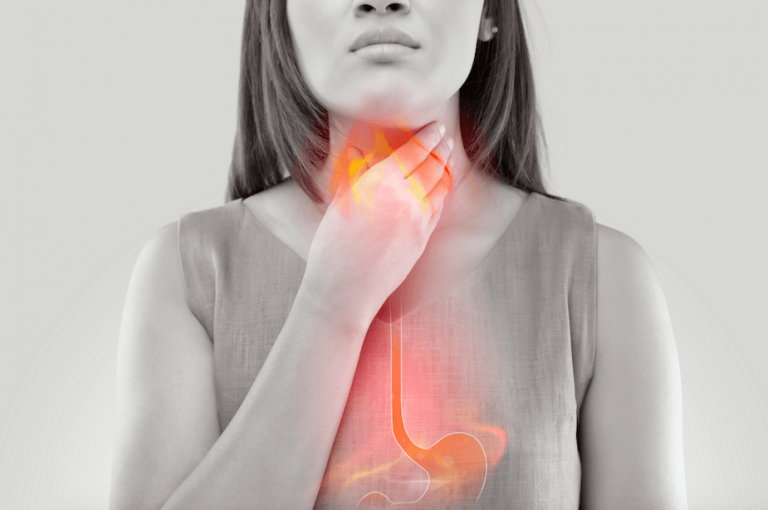Esophageal cancer is one of the relatively rare digestive system cancers. However, “Barret’s Esophagus”-a preneoplastic lesion- has recently become more common in patients with reflux and the incidence rate of esophageal cancer is gradually increasing accordingly.
What are the symptoms of esophageal cancer?
Usually, the diagnosis of esophageal cancer is made based on patient complaints. Presence of below mentioned symptoms should lead to the suspicion of esophageal cancer.
- The most common symptom is difficulty swallowing. This symptom can feel like the food is stuck in the throat. The patient has difficulty ingesting the solid foods at the beginning, but it may not be possible to eat and drink anything, even water, in time.
- Vomiting or flow of the swollen foods back to the mouth
- Pain while swallowing the foods
- Weight loss
Who are more commonly affected?
- Elderly people, particularly older than 60-70
- Men
- Overweight persons
- Smokers
- People who consume alcohol and drink too hot beverages (particularly tea)
- Those with Barret’s esophagus secondary to chronic reflux disease
- A swallowing disorder, called Achalasia
- Those who have ingested acid or alkaline accidentally or for suicide
How is it diagnosed?
To diagnose esophageal cancer, it is sufficient to scan double barium enema X-ray or make an endoscopic examination. However, other imaging modalities, such as endoscopic ultrasound, computerized tomography, MRI or positron emission tomography (PET), can also be used to investigate the spread of the disease or make follow-up after treatment.
What are the treatment methods of esophageal cancer?
The most effective treatment method is surgery for esophageal cancer. Other treatment options are chemotherapy and radiotherapy. It originates from the esophagus and extends along the chest cavity to the intraabdominal cavity. Esophageal surgeries are more complicated than many other surgeries as it is in close proximity to many vital organs and blood vessels. Various surgical techniques can be used depending on the location of the cancerous lesion in the esophagus. For tumors that are adjacent to the stomach, an incision is made on the abdomen or chest cavity and only the distal portion of the esophagus is removed. Following the surgical removal, the stomach is connected to the remaining part of the esophagus in the chest cavity. Another type of surgery involves complete removal of the esophagus. After the esophagus is removed, a new esophagus is formed using the stomach or colon. Additional problems are very likely as this surgery is complicated and patients are generally elderly. Thus, postoperative period may be problematic. To avoid such problems, indications of the surgery should be clearly determined and preoperative preparations should be done carefully. Additionally, radiotherapy or chemotherapy can also be given after postoperative pathological analysis of the excised piece.
What can be done if the disease has progressed severely?
In some cases, the tumor in the esophagus cannot be removed. The main causes are as follows;
- Overall health of the patient does not allow such a complex surgery
- It is not possible to remove the cancer surgically
- Spread of the cancer to the distant organs.
When the tumor is left untouched, radiotherapy can be attempted to alleviate the complaints or shrink the tumor to a certain extent. Meanwhile, an endoscopic stent can be implanted that passes through the tumor segment or a gastrostomy (placement of a tube to the stomach) can be considered for feeding. For suitable patients, gastrostomy can be performed with endoscopic approach (PEG).

